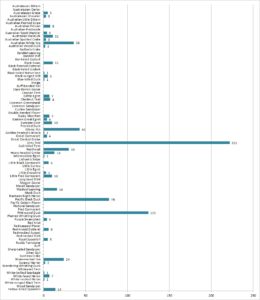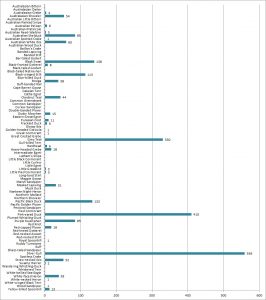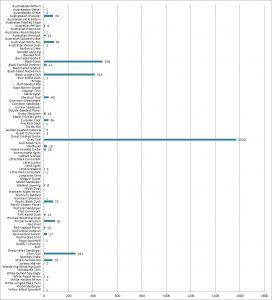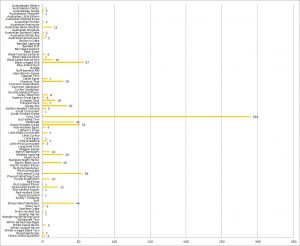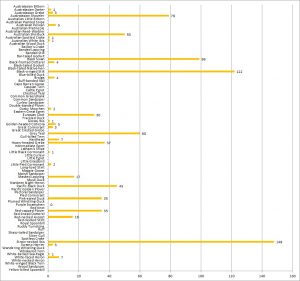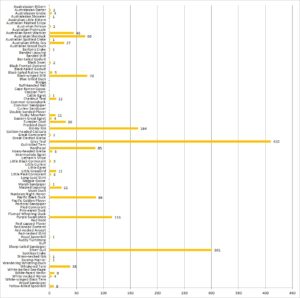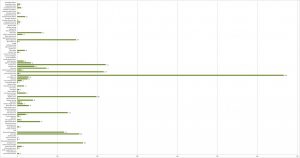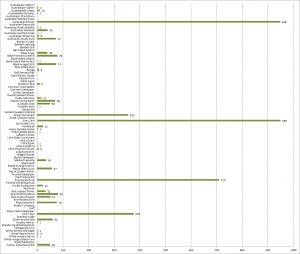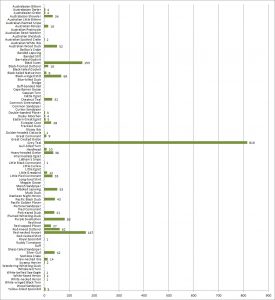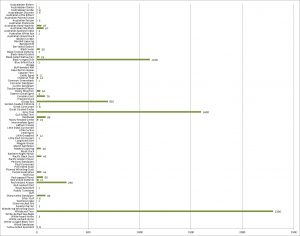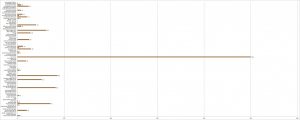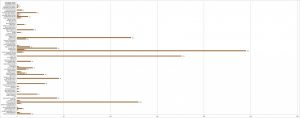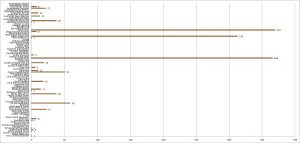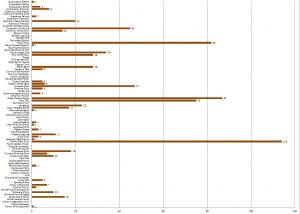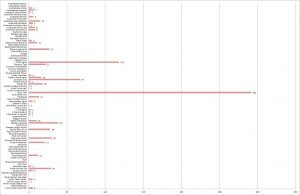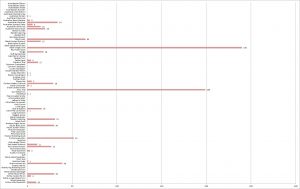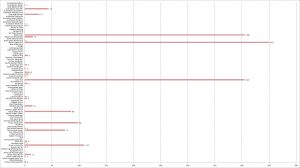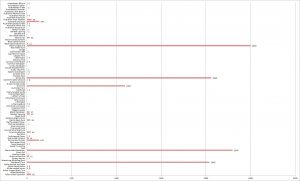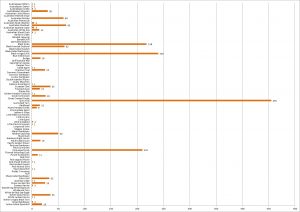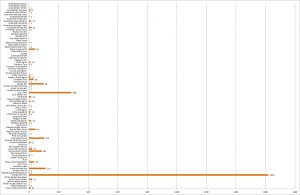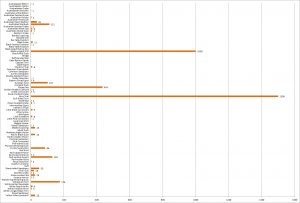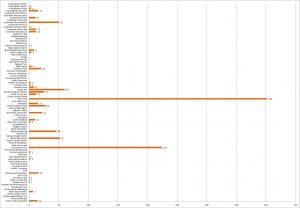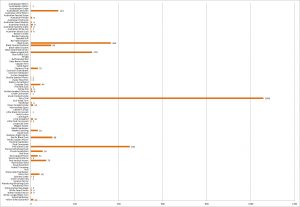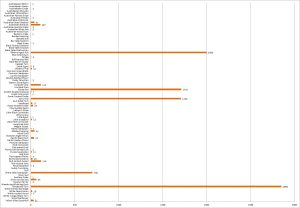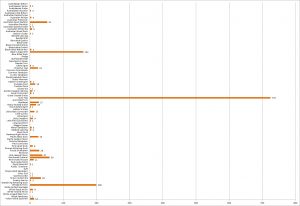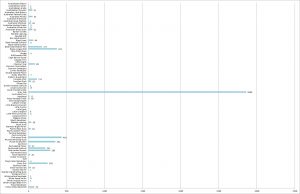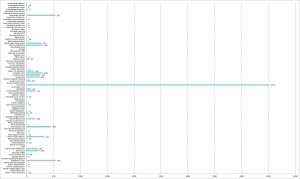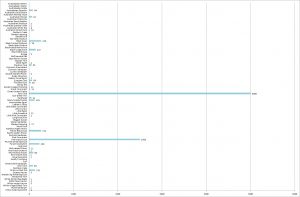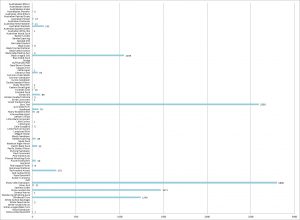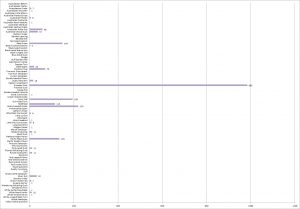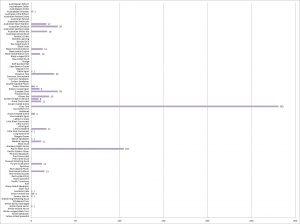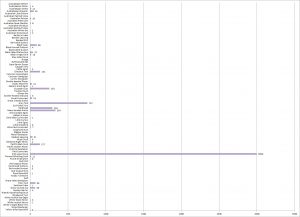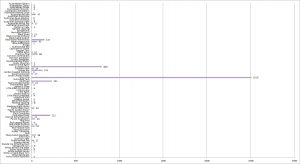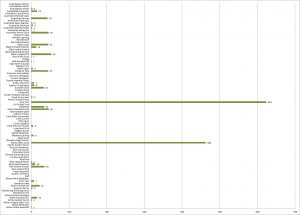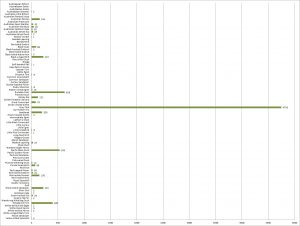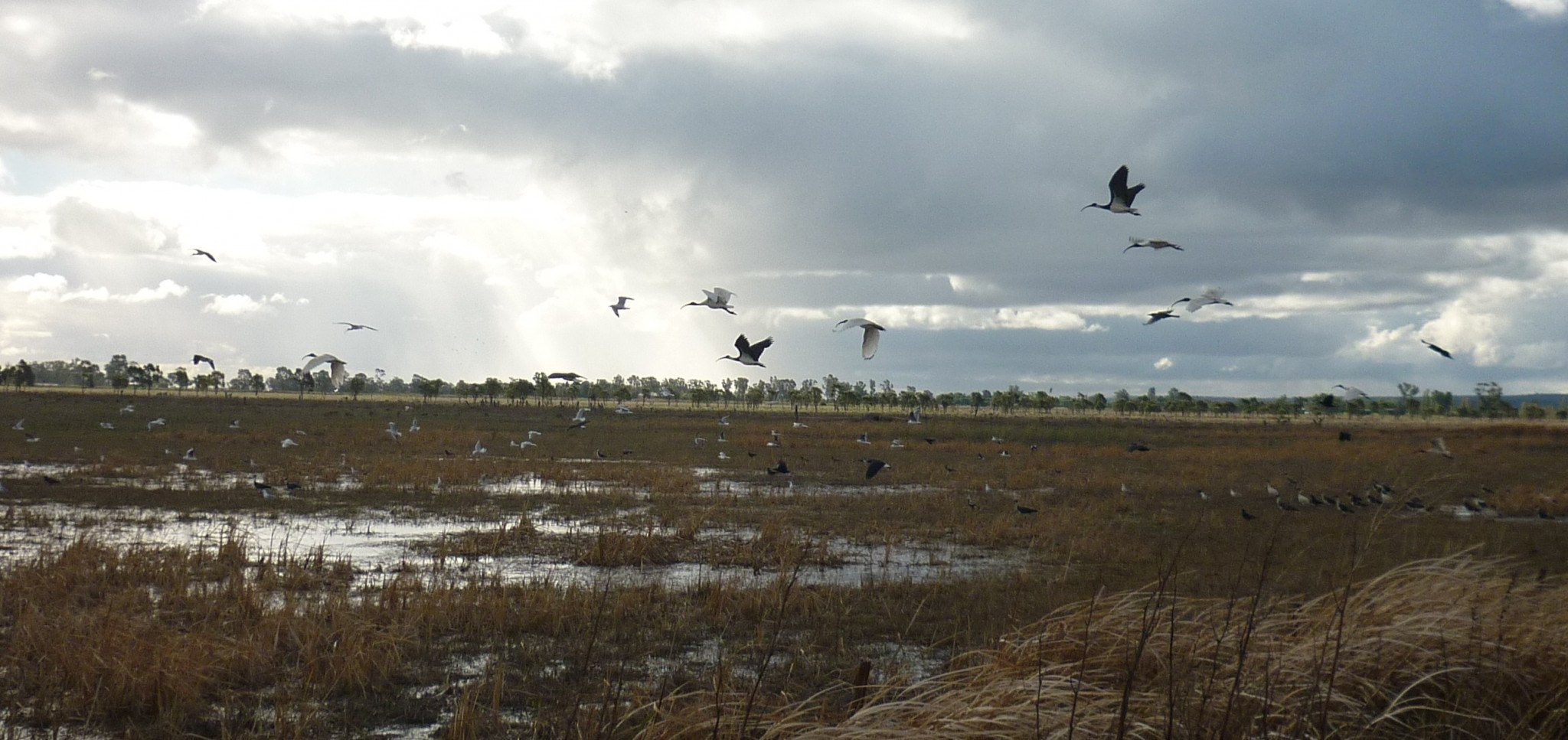
Birds
Fivebough & Tuckerbil Wetlands have long been recognised as important sites for birdlife. Waterbird records for both sites date back to 1900-1930. Both sites are designated under the Ramsar Convention as Wetlands of International Importance for conserving biological diversity.
Fivebough is a permanent, but fluctuating, fresh-brackish, shallow wetland. The various bird species which use Fivebough have different water depth preferences, relating to their size and foraging technique. There is a succession of species, each reaching their maximum population at different stages as the wetland dries. Consequently, the pattern of wetting and drying is essential to maintain the productivity and diversity of the species visiting the site.
Of 360 wetlands surveyed within the RAOU Murray-Darling Basin Waterbird Project, Fivebough recorded the highest number of waterbird species and it ranked second within the Murray-Darling Basin for the total number of species recorded in a single survey. At Fivebough Wetlands:
86 waterbird species have been recorded visiting the site and two-thirds of these (55) are commonly seen while one-third are occasionally or rarely seen.
28 shorebird (wader) species have been recorded breeding, with eight of these occurring annually and 17 species being migratory.
36 waterbird species have been recorded breeding, with at least twelve of these species recorded as regular breeders.
>20,000 waterbirds have been counted on several occasions, principally in summer, with the greatest count above 50,000 birds at one time.
There are seven NSW Threatened Species which are regularly recorded at Fivebough Wetlands; Magpie Goose (Anseranas semipalmata), Freckled Duck (Stictonetta naevosa), Blue-billed Duck (Oxyura australis), Brolga (Grus rubicunda), and Black-tailed Godwit (Limosa limosa) are all listed as vulnerable. The Australasian Bittern (Botaurus poiciloptilus) and Australian Painted Snipe (Rostratula australis) are listed as endangered under the NSW Biodiversity Conservation Act 2016 and Environment Protection and Biodiversity Conservation Act 1999 (Commonwealth).
Dr Keith Hutton, an ornithologist and member of Murrumbidgee Field Naturalists, has been conducting bird counts and observations at Fivebough & Tuckerbil Wetlands since 1982. Keith’s dedication to the quarterly bird surveys has provided a comprehensive catalogue of data, to monitor fluctuations in bird presence and gain a greater understanding of the complex ecology of the wetlands system.
To access the quarterly bird count graphs ‘click’ on the documents below.
2019 Bird Counts
2018 Bird Counts
2017 Bird Counts
2016 Bird Counts
2015 Bird Counts
2014 Bird Counts
2013 Bird Counts
2012 Bird Counts
2011 Bird Counts

